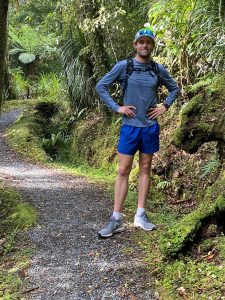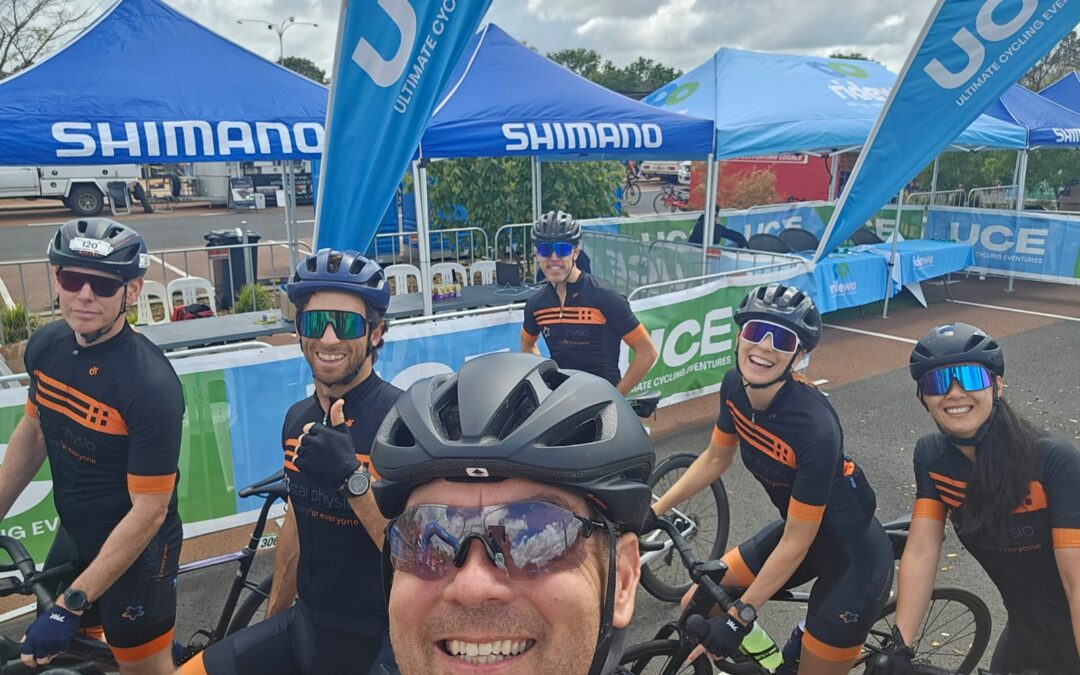RUNNING IN (gym) LOCKDOWN!

Dan Davis: Physiotherapist, Exercise Physiologist, Runner!
With all that is currently happening in the world, most notably the closure of gym facilities, we are seeing a rise in the number of people undertaking exercise outdoors, predominantly running.
This is fantastic to see (as we have so many great local areas to do so!). The purpose of this blog is to put forward my best answers and recommendations from common questions I’ve been asked during this time. As always, these answers are from both clinical experience as well as current available research in this area. As a physiotherapist, exercise physiologist and keen runner myself, who looks after motivated “exercisers” of all levels, and of all ages, I love this stuff! If you have any further questions, would like direction with your running or have any injury concerns – get in touch via email or book in to see me or one of our expert team here!
I’ve never run before, where do I start?
Running can be daunting when starting out. Our bodies are incredibly strong and robust but we must respect that the body takes time to adjust to a new task – particularly important if you haven’t run for a while (or ever!). My recommendation is to always start with a run that is manageable relative to your current abilities, strength and fitness levels. The other key aspect being something that is of an achievable length. Breaking a run up is often my first go-to for new runners – for example: 2km broken into 300m run, 200m walk x4 or 800m, 200m walk for those in better shape, perhaps picking distance points along a certain running route and mixing between a run or walk.
How often should I run?
It depends on a number of factors, most notably how often you would usually run! I.e. if you haven’t run for a long time, 2x per week would be a smart starting dose with a few days rest/other activities (such as a walk) between bouts. Interestingly, what the research tells us is that running 2-3 times per week is a nice ‘sweet spot’ in order to minimise running-related injuries (surprisingly less risk than just 1x per week!).
I went for a run, I feel really sore, do I need to be worried?
It’s unlikely you need to be worried as when starting a run program, it’s normal to feel quite sore. Running is simply a task that requires your muscles to work hard. The technical term for this is ‘delayed onset of muscle soreness’ or DOMS for short. This feeling is the tissues in your body adapting. Typically, this soreness is at its highest a day or 2 after a run but can continue up to three days post run. Interestingly, general movement is one of the best options to help here. Running again or completing some other general exercise within two-days can be beneficial to settling this feeling and allow you to get running again sooner. If this discomfort becomes localised and is not settling, monitor it closely and if in doubt, get in touch so that we can help you make the right decisions around your running and exercise programs. There is lots more information on injury prevention and management in our “expert advice and news” section on the website and a particular article on the up to date evidence on managing Plantar Fasciitis or “Heel Spurs” – you would be surprised how often we find people are given the wrong advice on this, despite the correct information being available to all health professionals!
Can I run every day?
See question #2 above! Not recommended for someone starting out as the body needs time to adapt its tissues, however, this is very achievable for a more experienced runner – often elite level runners will run between 8-12 times per week!
Is there any differences between surfaces? Road, grass?
In terms of adaptation (i.e. when you run your bones, ligaments, tendons and muscles change to better tolerate the next run) the body ideally requires a ‘novel’ stimulus (particularly with bone!) in order to stimulate further adaptation. Hence, running on a mixture of surfaces and terrains (a trail run or some hills) is ideal. Most importantly, concrete isn’t the enemy for most injuries, there is actually very little difference in the level of forces between grass and concrete, and in the majority of runners this is not a factor.
What runs should I be doing?
There’s certainly no ‘right’ answer here, but my best advice is to keep it interesting. For example, for 2 runs per week I might suggest someone to break these into an easy short run then perhaps a more ‘interval’ type run (e.g. 3x 2mins harder running with 1min rest between). This provides variety… which is essential in order to keep motivated until the gyms open back up!
How do I keep it interesting? How do I not get bored running?
Lots of answers here!
Dan’s top 3 recommendations:
- Run somewhere interesting – Herdsman Lake, along the coast or perhaps in the hills on the light horse heritage trail
- Listen to music… your choice!!!
- Break the run up, it doesn’t have to be a continuous, monotonous run! Run up some hills, stop to take in the view, plan a swim or take-away coffee after as a reward!
Are there things I can do to complement my running?
Absolutely – strength training that is aimed at improving the tissue capacity (strength!) of the tissues around the hip, knee and ankle. It is particularly important from both an injury risk but also has significant performance benefits. This needs to be highly individualised (i.e. what works for your friend won’t necessarily work for you) and is where a good physiotherapist comes into the picture! Check out some fo the information we have on strength training here!
What shoes should I wear?
I’ve written a previous blog post detailing this that you can refer to for more details, but in short, something that is comfortable is the key here, lighter is a little better but don’t get caught up on sales pitches and advertising – these details aren’t supported strongly by the evidence base!

Other recommendations?
There are lots of things to help keep you motivated and give your running purpose:
- Set a goal – perhaps a distance or a timed lap of a local area (I personally love a Zamia trail loop in Bold Park)
- Pick a fun place to run (as above!)
- Change your shoes for those faster interval runs – having a lighter ‘fancy’ shoe will give you motivation and a slight performance edge (granted it’s lighter than your regular trainer)
- If you have any concerns about pain or injury, get in touch or book now by calling 92124254 or online here!

cycling experts TOMR
Star Physio Allstar Cycling Team at the Final Tour of Margaret River The Star Physio All Stars Cycling Team competed in the final ever Tour of Margaret River in November.It was a special event.It also marked the end of an era in Western Australian cycling. A Strong...

Beach Volleyball Physio
Star Physio Represented at the World Beach Volleyball Championships in Adelaide Star Physio was proud to be represented on the world stage recently. Principal Physiotherapist Damian Oldmeadow attended the World Beach Volleyball Championships in Adelaide as a guest of...

Soccer Physiotherapy
Star Physio Supports Fremantle United at the Singa Cup in Singapore Star Physio was proud to deliver high-level soccer physiotherapy support to the Fremantle United Soccer Club as they travelled to Singapore in November to compete in the prestigious Singa Cup, one of...

Footwear for injury
Foot Pain & The Best Footwear Choices: Advice From Our Podiatry Perth Team Foot pain affects people of all ages and lifestyles, and when not managed properly, it can significantly interrupt daily movement and activity. As a clinician working in Podiatry Perth, Dr...

